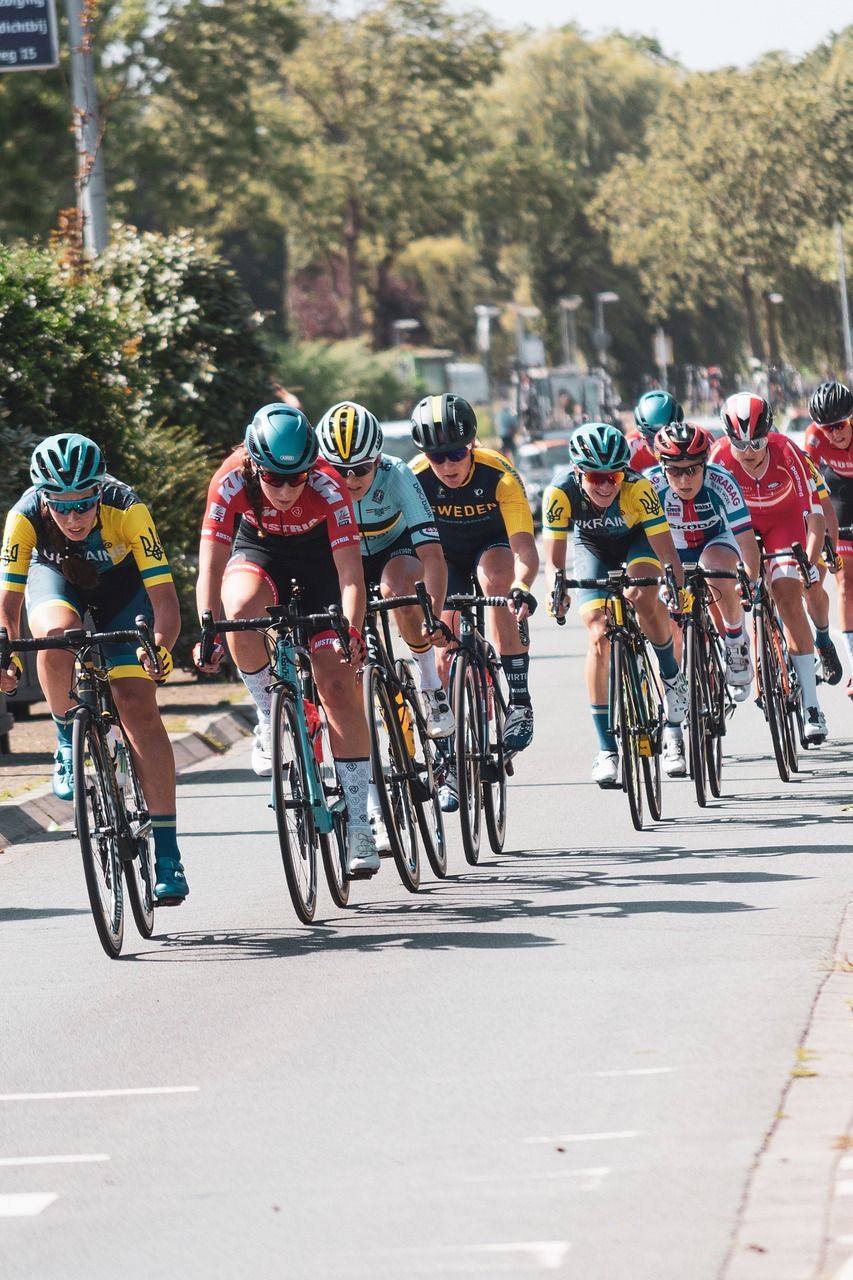Tour de France Standings: A Deep Dive Into the History and Importance

Introduction:
The Tour de France is one of the biggest and most prestigious cycling events in the world, attracting millions of sports and leisure enthusiasts each year. One crucial aspect of this renowned race is the “Tour de France standings.” In this article, we will explore what these standings mean, their evolution over time, and provide valuable information for those interested in this captivating subject.
Understanding Tour de France Standings:

Tour de France standings serve as a snapshot of the race and provide an overview of the general classification of all riders. These standings are crucial in determining the leader and contenders for the coveted Yellow Jersey, which is awarded to the rider with the lowest aggregate time over the race’s stages. Keeping track of the standings allows enthusiasts to follow the race’s progress and witness the individual and team performances that shape the thrilling outcome.
Historical
Evolution of Tour de France Standings
:
The concept of Tour de France standings dates back to the inaugural race in 1903 when Henri Desgrange, the race’s founder, introduced a points-based system to determine the overall winner. However, it was not until 1919 that the leader’s jersey, then colored yellow to promote L’Auto newspaper, made its debut. Since then, several modifications have been made to the standings format to enhance the race’s excitement and optimize fairness.
One notable change occurred in 1913 when the Tour introduced individual time trials. This innovation not only added another dimension to the standings but also emphasized the importance of time management, strategy, and individual performances. In subsequent years, intermediate sprints, mountain stages, and other jersey classifications were introduced to recognize the riders’ diverse talents and achievements.
Featured Snippet: A Comprehensive Guide to Tour de France Standings
Tour de France Standings: A Deep Dive into the History and Importance
The Importance of Tour de France Standings
– Tour de France standings provide an overview of the general classification of all riders.
– They determine the leader and contenders for the coveted Yellow Jersey.
– The standings allow enthusiasts to follow the race’s progress and witness remarkable performances.
Evolution of Tour de France Standings
– 19
Introduction of points-based system to determine overall winner.
– 1919: Introduction of the iconic Yellow Jersey for the race leader.
– 19
Addition of individual time trials as a prominent factor in the standings.
– Introduction of intermediate sprints and mountain stages to recognize diverse talents.
– Insert video showcasing the exhilarating moments and key highlights of the Tour de France standings.
Conclusion:
Tour de France standings have played a significant role in shaping the race’s history and captivating the interest of sports and leisure enthusiasts. From the introduction of points-based systems to the iconic Yellow Jersey, the standings have evolved to reflect the race’s growing complexity and challenge. Following the standings allows fans to delve deeper into the race’s dynamics and immerse themselves in the fascinating world of professional cycling.
Through this comprehensive guide, we hope to have provided valuable insights into the importance and evolution of Tour de France standings. Whether you are a seasoned cycling aficionado or a newcomer to the sport, understanding these standings will undoubtedly enhance your appreciation and enjoyment of the world’s most prestigious cycling event. So, gear up and join the peloton as we witness the thrill and drama of Tour de France standings unfold!





